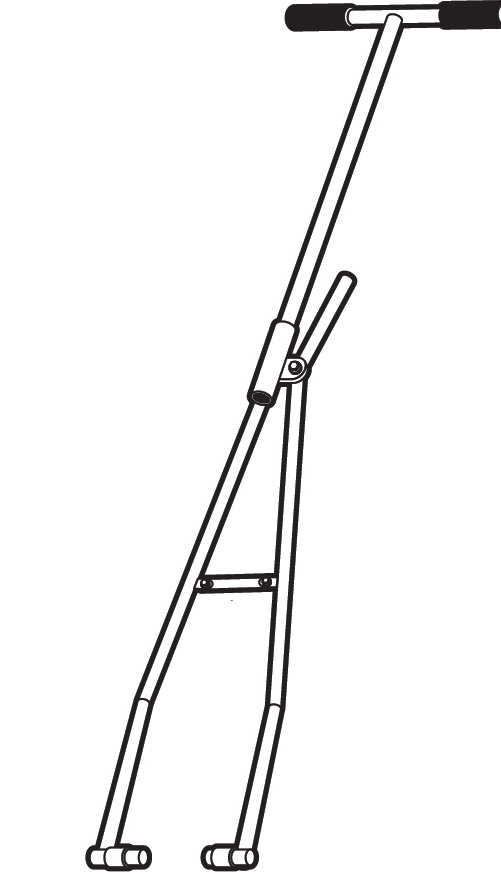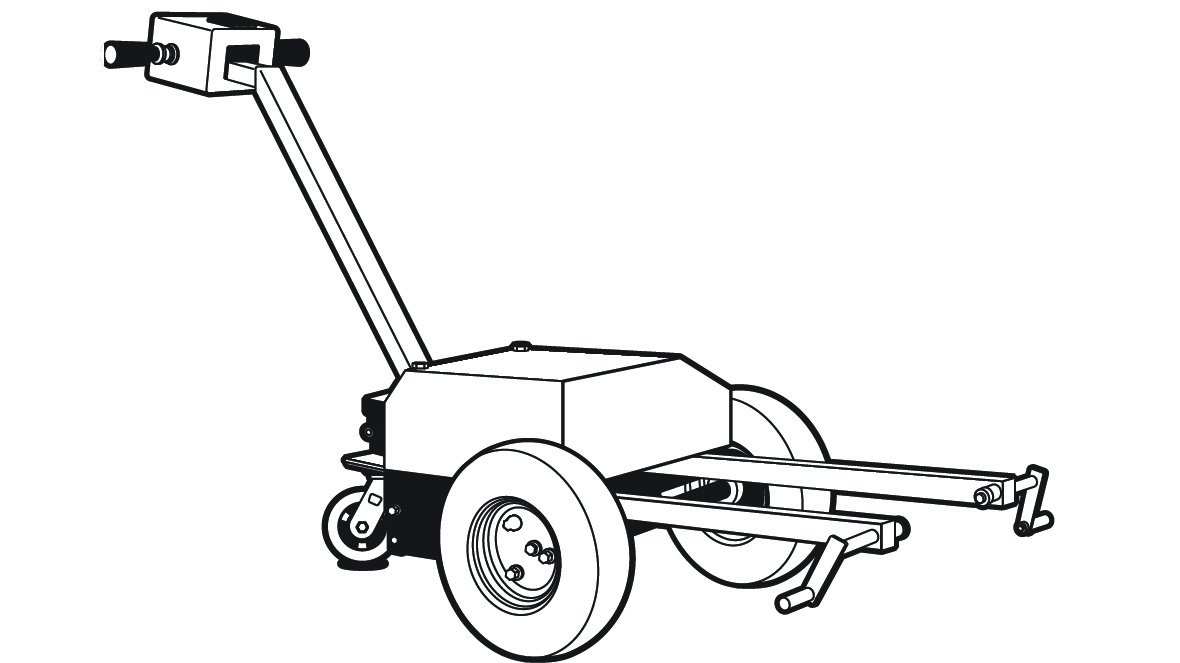
Light aircraft can be maneuvered on the ground without too much difficulty. The key is to tow an aircraft without damaging either your back muscles or the machine itself.
That’s why propeller manufacturers caution against yanking the aircraft around by the prop. It’s fine to move an airplane by its struts—if it has them.
If you have to steer the airplane in one direction or another, just pushing/pulling won’t work. A towbar is your answer.
The towbar clamps or hooks onto the nosewheel of a tricycle-gear airplane. For an airplane with a steerable nosewheel, look for markings on the nosewheel strut, wheel pant, or cowling that indicate the steering limit. This won’t apply to an airplane with a free-castering nosewheel.
Conventional gear aircraft, or taildraggers, can be tugged or towed, but since the airplane’s main landing gear are up front, the towbar or tug is attached to the rear wheel. The towbar allows you to use a combination of leverage and strength to pull or push the airplane, turning it as you go. The bar is light—typically, under five pounds—but sturdy enough to move most single-engine piston aircraft.
Heavier singles and twin-engine airplanes are tough to wrangle with just a towbar. Fortunately, there are a variety of powered tugs to help. The least expensive models run on battery-powered electric motors, and as prices increase options expand to gas-powered tugs and ridable tugs that resemble tractors. Some people eschew the store-bought variants and convert riding lawn mowers into tugs.
Like chocks, towbars can wind up where they shouldn’t around inattentive pilots. The NSTB has accident reports of pilots who took off with towbars still attached to the nosewheel. A towbar should always be stowed before starting the airplane.






